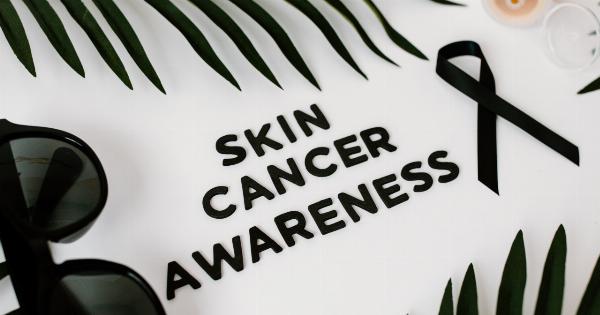Sex is a natural and important part of human life, but it’s important to be aware of the risks associated with sexual activity, especially when it comes to cancer.
Certain types of cancer can be caused by sexual activity or can be exacerbated by sexual habits, and it’s important for both men and women to be aware of these risks and take steps to reduce their chances of developing cancer. Here are the top 10 cancer risks associated with sex:.
1. Human papillomavirus (HPV)
HPV is a sexually transmitted infection that is responsible for most cases of cervical cancer, and can also be a risk factor for anal and oropharyngeal cancers. Using condoms can reduce the risk of transmission, as can getting vaccinated against HPV.
2. HIV
HIV is a sexually transmitted infection that weakens the immune system, making it more vulnerable to other types of cancer such as Kaposi’s sarcoma and non-Hodgkin’s lymphoma.
Using condoms and practicing safe sex can reduce the risk of transmission, as can getting tested regularly for HIV and getting early treatment if needed.
3. Hepatitis B and C
Hepatitis B and C are both sexually transmitted infections that can cause liver cancer.
It’s important to get vaccinated against hepatitis B, and to get tested for hepatitis C if you have engaged in any high-risk behaviors, such as sharing needles or having unprotected sex with multiple partners.
4. Herpes
Herpes is a common sexually transmitted infection that can cause genital and oral sores. While it is not directly related to cancer, having herpes can increase the risk of developing cervical or anal cancer.
Using condoms and other barrier methods can help reduce the risk of transmission.
5. Anal sex
Engaging in anal sex can increase the risk of developing anal cancer, especially if you have a history of sexually transmitted infections or have engaged in other high-risk behaviors.
Using condoms and practicing safe sex can help reduce the risk of transmission, as can getting regular check-ups and screenings for anal cancer.
6. Multiple sexual partners
Having multiple sexual partners increases the risk of developing sexually transmitted infections, which in turn can increase the risk of developing cancer.
It’s important to practice safe sex and to get regular check-ups and screenings for any sexually transmitted infections.
7. Smoking
Smoking is a risk factor for many types of cancer, including lung, throat, and cervical cancer. If you are a smoker, quitting smoking can help reduce your risk of developing cancer, as well as other health problems.
8. Alcohol consumption
Heavy alcohol consumption is a risk factor for many types of cancer, including liver, throat, and mouth cancer. Limiting alcohol consumption can help reduce your risk of developing cancer, as well as other health problems related to alcohol use.
9. Exposure to certain chemicals
Exposure to certain chemicals, such as those found in tobacco smoke or workplace environments, can increase the risk of developing cancer.
It’s important to take steps to reduce exposure to these chemicals, such as wearing protective gear or quitting smoking.
10. Lack of physical activity
A sedentary lifestyle is a risk factor for many types of cancer, as well as other health problems such as heart disease and diabetes.
Engaging in regular physical activity can help reduce your risk of developing cancer, as well as improve your overall health and well-being.
Conclusion
Being aware of the risks associated with sexual activity and taking steps to reduce those risks is an important part of cancer prevention.
By practicing safe sex, getting vaccinated against HPV and hepatitis B, and making lifestyle changes such as quitting smoking and increasing physical activity, you can help reduce your risk of developing cancer and live a healthier, more fulfilling life.






























